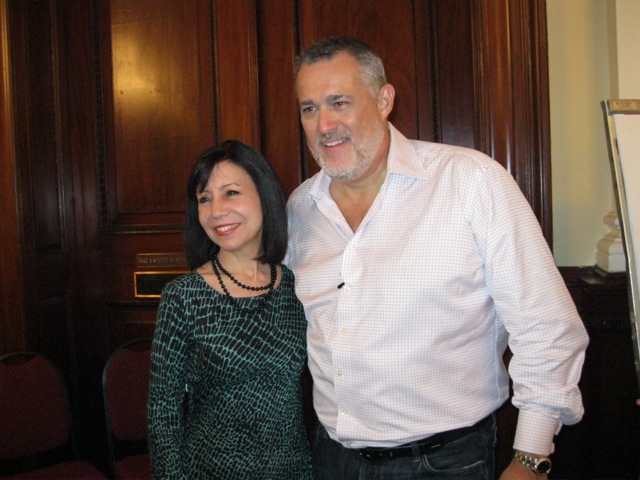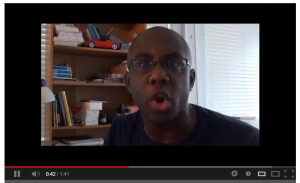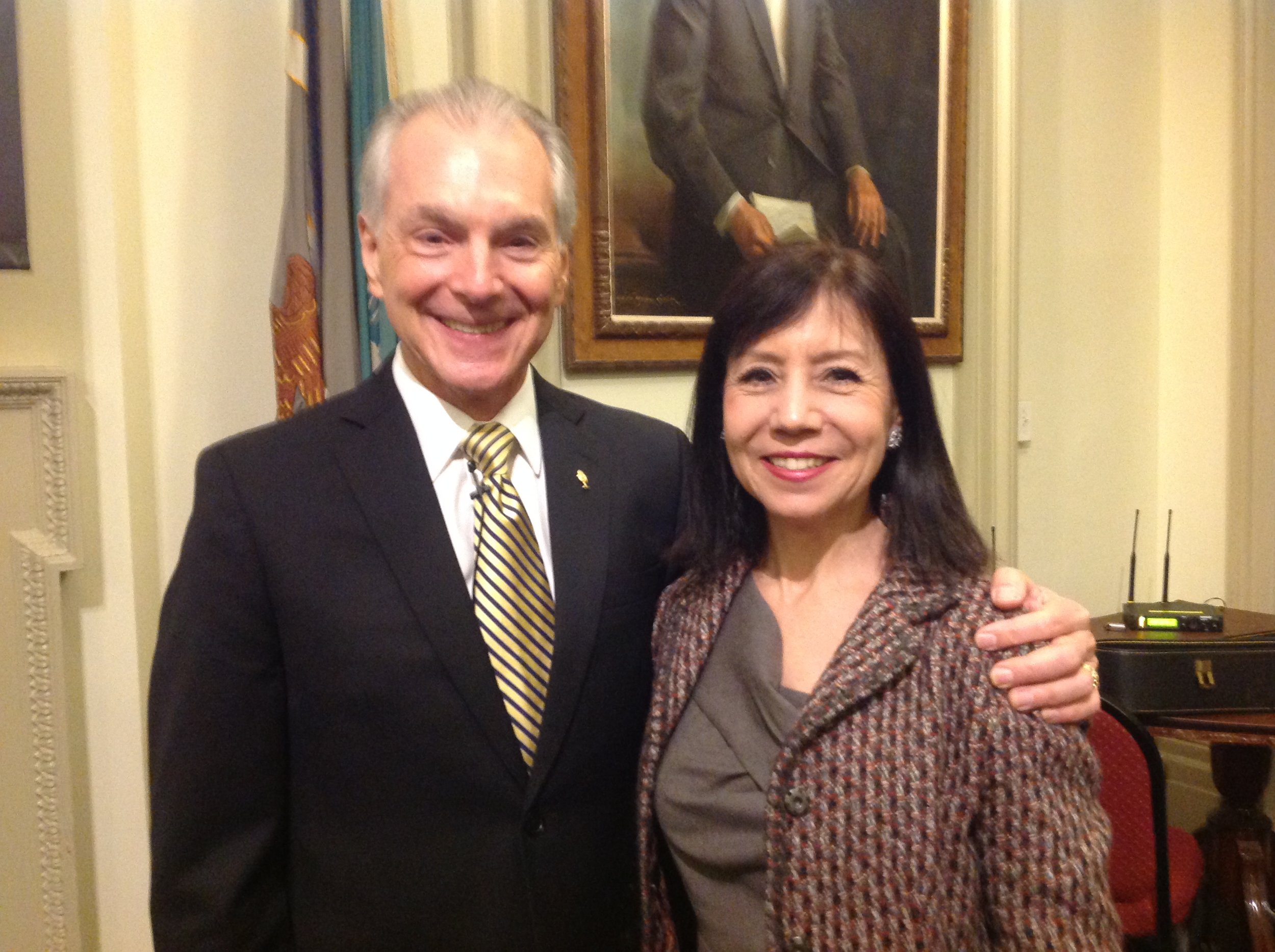With 11 million meetings daily (3 billion yearly), it's not surprising that people feel they attend too many meetings. And most of them are unproductive. That equates to 31 hours of lost productivity per month or four days. The starting point for improving meeting effectiveness begins with the facilitator.
Here are 10 facilitation tips to make you a better facilitator:
Clear Purpose. Facilitation begins before the meeting. Determine the reason for the meeting. Is it to solve a problem, develop innovative ideas, select a theme for an event? Begin with the end in mind. Without a clear purpose, your meeting will go nowhere.
Start on Time. Don't wait for latecomers. You'll set a negative precedent and you'll end late. To get people be on time, try starting the meeting at an odd time like 8:57 a.m. People will notice the odd time and know you mean business.
Encourage Creative Thinking. The facilitator needs to create a safe space to share ideas. Don't evaluate or reject contributions. Allow for off-the-wall thinking without judgment. The best solutions are not always the tried and true.
Clarify, Paraphrase and Probe. These powerful listening skills are essential tools for any facilitator. Clarify by saying, "Tell me more." "Can you be specific?" We may think we're talking about the same thing when we say the word, CAR. But you're seeing a Volvo and someone else is seeing a Bentley. Paraphrase before responding. This is a listening check as well as an acknowledgement that the person was heard. Finally, probing is a skill that allows the facilitator to dig deeper and get to the underlying issue.
Summarize Main Points. Too many meetings and presentations end without a conclusion. Effective facilitators provide internal summaries before moving on to the next agenda item and at the end of the meeting. Internal summaries can be a check for resistance. Make sure the group understands and is aligned before moving on. The job of a facilitator is to connect the dots.
Use a Flipchart and Post it Notes. A flipchart or whiteboard is a facilitator's best resource. The flipchart allows you to capture information in the moment. It's also a way of controlling the group dynamic. When the discussion is disrupted, ask people to write questions on the post it notes and put them on the parking lot (flipchart). Later, the facilitator can answer them.
Remain Objective. Never drive your own agenda.The role of the facilitator is to access information from the group and to remain neutral.
Keep Moving in the Direction of the Problem. Write the problem statement for all to see. When the problem is clear, you'll be able to direct the discussion in the right direction while still being impartial.This prevents the group from losing focus.
Control the Discussion. A facilitator is the orchestra leader and the participants are the musicians. Questions are the baton. Just like the conductor knows how to bring up the string section and lower the brass, a skilled facilitator uses questions to guide and direct the discussion.
Keep a List of Action Items. Without action items, things will fall through the cracks. A good facilitator will assign attendees a role, a responsibility, and a deadline. To ensure accountability, it's wise for the facilitator to follow up before the next meeting.
Good facilitation skills will increase meeting productivity, lead to more creative solutions, and are essential for managing group dynamics. The facilitator as leader must remember to check the ego at the door. When it comes to facilitation, it's not about you. It's about them!
What has worked for you as a facilitator? What are your biggest challenges?




 Do you freeze up when you have to speak to senior management? Do you wonder how you can gain their attention and establish your credibility? Well, here's advice direct from the C-Suite.
Jeff Hayzlett, author of
Do you freeze up when you have to speak to senior management? Do you wonder how you can gain their attention and establish your credibility? Well, here's advice direct from the C-Suite.
Jeff Hayzlett, author of 
 Facebook has launched video advertising reports the
Facebook has launched video advertising reports the  Jim Cathcart, motivational speaker and author of the
Jim Cathcart, motivational speaker and author of the